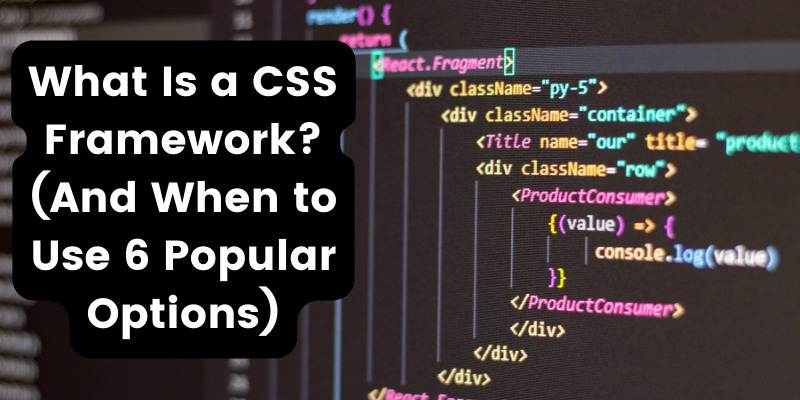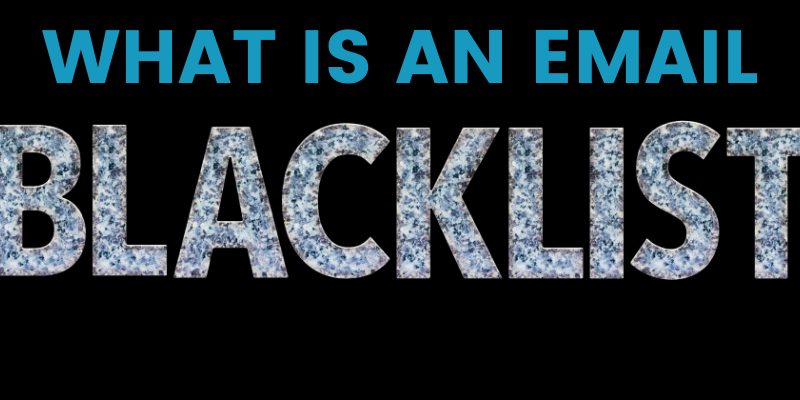- Feb 01, 2022
 0
0- by Kate Meda
Have you ever wondered what URL masking is? You know, that thing that hides the actual URL of a website behind a shortened link. Well, wonder no more! This blog post will discuss precisely what URL masking is and how it works. We’ll also explore some of the benefits of using a URL masking service. So, whether you’re a business owner looking to protect your website’s privacy or just someone who wants to shorten those long URLs, read on for all the information you need!
So, What is URL Masking?
Masking a URL means disguising its true destination, making it harder for someone to track where you are going. This can be an important tool for privacy and security, but there are also some potential downsides to consider. Developers mask URLs to obscure the true destination of a link. In order to understand URL masking, it’s important to understand what URL redirects are.
URL redirections send a domain to an alternative URL. The HTTP protocol categorizes the URL redirects.
There are three major types of URL redirects:
- 301 (permanent)
- 302 (found/moved temporarily)
- URL frame (masked)
301 redirects are used when the destination URL of any website’s page changes. It’s commonly used when a website needs to be migrated to a new domain.
302 redirects direct traffic to a new URL for a brief period. This is common for A/B testing.
When migrating your website to a new domain name, the new domain doesn’t have a search engine optimization (SEO) authority. However, a 301 permanent redirect eventually gives 90% of the old website’s authority to the new domain.
Google, a search engine, must verify the new website, which can cause a delay as it ranks the new domain. Some developers use 302 redirects for migration to avoid Google’s aging delay, but the 301 redirect is the proper method to use in this instance.
Both 301 and 302 redirects display the new destination URL in the address bar in URL masking. Masked redirects allow you to use content from another domain while maintaining the address bar’s original name.
This way, you use your homepage as the URL for every page of your website. Masked redirects are also called URL cloaking or domain masking.
In other words, the mask refers to how the URL displays in the address bar. So your user thinks they’re on one domain when, in fact, they’re on another.
When to Mask URLs
There are specific instances when website owners might want to mask links, including:
- Masking affiliate links: Some users prefer to link cloaking to hide their affiliate links so that users won’t see they’re making money off of a purchase.
- Link shortening: long links aren’t visually appealing. Some users choose to shorten their links instead of changing their domain names.
- Hiding free web hosting URLs: Some users use free subdomains provided by their host, like store.a2hosting.com. So, you can use domain masking to make it appear as though the website has its domain.
- Tracking: Some link tracking software use URL masking to hide tracking tags in the original URL.
If you are looking for a way to improve your website’s security, or if you are trying to keep your website visitors from seeing where your website is hosted, domain masking may be the solution for you. Our support team would be happy to help set up domain masking for your website. Contact us today and let us know how to help make sure your website is as secure as possible.












